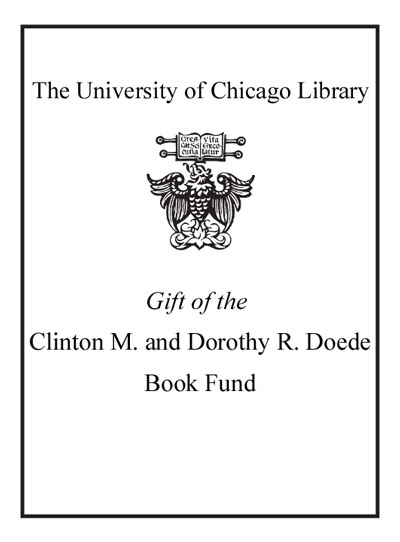Review by Choice Review
Semiotics, the study of signs, incorporates elements of many fields: linguistics, philosophy, literature, advertising, and media studies among them. The definitions in this dictionary generally reflect those used by the Paris School of Semiotics, which focuses not only on the meaning between signs but also on their applications to textual analysis. American students, who follow the theoretical and philosophy-influenced semiotics of 19th-century logician Charles Sanders Peirce, may find the material unfamiliar and rather challenging. After an introduction that outlines semiotic history and theory (with little detail on the dictionary's contents or scope), Martin and Ringham (both, Birkbeck College, U. London) define and explore approximately 400 concepts and theories. Unfortunately, even accounting for the European focus, many of the definitions will be hard to decipher without a thorough grounding in the basics; they are mired in abstractness, and some refer to individuals and theories that are not mentioned elsewhere. The volume concludes with short biographies of 12 major thinkers, a list of key texts, and a semiotic analysis of Sleeping Beauty. Marcel Danesi's Encyclopedic Dictionary of Semiotics, Media, and Communications (CH, Sep'01, 39-0017) is considerably more user-friendly, with simpler definitions and numerous practical examples. ^BSumming Up: Optional. Graduate students and above. S. L. Johnson Eastern Illinois University
Copyright American Library Association, used with permission.
Review by Choice Review

